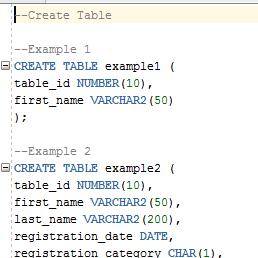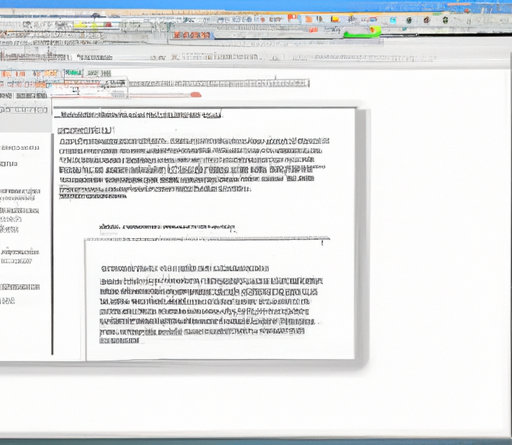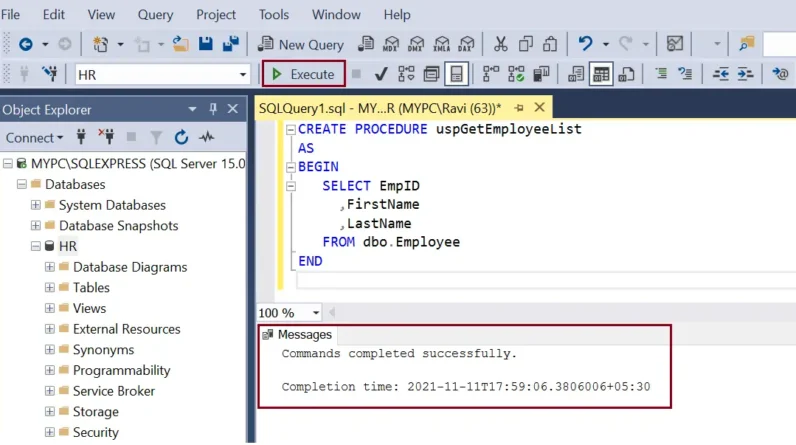
Hey there! Have you ever been in a situation where an application on your Mac is not responding and causing you frustration? Well, fear not! In this article, we’re going to walk you through a step-by-step guide on how to force quit applications on your Mac. By the end of this tutorial, you’ll no longer have to worry about frozen or unresponsive apps.
Curious about how to force quit an application on your Mac? Well, look no further! In this article, we’ll delve into the details and guide you through the entire process. We’ll explain the different methods you can use to force quit applications, whether it’s through the menu bar or using keyboard shortcuts. By following our step-by-step guide, you’ll become a pro at force quitting on your Mac in no time. So, let’s get started and say goodbye to those stubborn, unresponsive applications!
Table of Contents
Step-by-Step Guide: How to Force Quit Applications on Mac
Introduction to Force Quitting
Force quitting is an essential skill every Mac user should know. It allows you to shut down unresponsive or problematic applications quickly, preventing system freeze or crashes. In this step-by-step guide, we will walk you through the process of force quitting applications on your Mac, ensuring smooth and uninterrupted operation.
Why Force Quitting is Important on Mac
Force quitting plays a vital role in maintaining the overall performance and functionality of your Mac. Here are a few reasons why force quitting is essential:
-
Preventing System Freeze or Unresponsiveness: When an application stops responding, it can cause the entire system to freeze. Force quitting allows you to close the problematic application, freeing up system resources and allowing your Mac to regain normal operation.
-
Avoiding Continuous High CPU or Memory Usage: Some applications may consume excessive CPU or memory resources, causing your Mac to slow down. By force quitting these applications, you can prevent a strain on your system’s resources and improve overall performance.
-
Resolving Application Crashes and Errors: When an application crashes or displays error messages, force quitting can help resolve the issue. By closing the problematic application, you can start it fresh and potentially fix any underlying problems causing the crash.
-
Protecting and Saving your Data: Force quitting can be crucial when working on important documents or files. If an application becomes unresponsive while you’re working on it, force quitting allows you to close it without losing any unsaved data.
-
Maintaining the Overall Performance of the Mac: By promptly force quitting problematic applications, you can preserve the smooth operation of your Mac. This helps prevent slowdowns and ensures that resources are efficiently utilized.
Now that we understand the importance of force quitting, let’s dive into the step-by-step process.
Step 1: Accessing the Apple Menu
To force quit an application on your Mac, you first need to access the Apple menu. Here’s how:
-
Locate the Apple logo in the top-left corner of your screen. It’s positioned in the menu bar, next to the Finder icon and other application icons.
-
Click on the Apple logo to access the dropdown menu.
Step 2: Selecting the ‘Force Quit’ Option
Once you’ve accessed the Apple menu, you can proceed to select the ‘Force Quit’ option. Follow these steps:
-
Navigate through the dropdown menu by moving your cursor over the options.
-
Locate and click on the ‘Force Quit’ option.
Step 3: Viewing the Force Quit Applications Window
After selecting the ‘Force Quit’ option, a window will appear displaying all the currently running applications on your Mac. This is the Force Quit Applications window. Take the following steps to view this window:
-
Take a moment to familiarize yourself with the Force Quit Applications window. It provides a list of all the open applications on your Mac.
-
The applications are displayed with their names, corresponding icons, and information about their status and energy impact.
Step 4: Identifying and Selecting the Problematic Application
Now that the Force Quit Applications window is open, you need to identify and select the application causing issues. Here’s how:
-
Scan the list of running applications and look for any application that appears unresponsive or is causing problems on your Mac.
-
Identifying the problematic application may involve looking for unusual behavior or high resource usage.
-
Once you have identified the problematic application, click on it to select it.
Step 5: Confirming the Force Quit Operation
With the problematic application selected, you can proceed to force quit it. Keep in mind that force quitting will close the application and any unsaved progress may be lost. Follow these steps to confirm the force quit:
-
Understand that force quitting will immediately shut down the selected application, and any unsaved data may be lost.
-
To proceed with the force quit, click on the ‘Force Quit’ button in the bottom-right corner of the Force Quit Applications window.
Step 6: Closing the Force Quit Applications Window
With the problematic application force quit, it’s now time to close the Force Quit Applications window. Here’s what you need to do:
-
Double-check if the problematic application is no longer listed in the Force Quit Applications window.
-
If the problematic application is no longer listed and the issue has been resolved, you can close the Force Quit Applications window.
Congratulations! You’ve successfully force quit an application on your Mac.
Alternative Method: Using the Keyboard Shortcut
In addition to the steps outlined above, there is a convenient keyboard shortcut you can use for force quitting applications on your Mac. Simply press the Command + Option + Escape keys simultaneously, and the Force Quit Applications window will appear. From there, you can follow the same steps to identify and force quit the problematic application.
Conclusion: The Importance of Knowing How to Force Quit on Mac
Force quitting applications is a crucial skill for every Mac user. By following this step-by-step guide, you can effectively troubleshoot and resolve issues, ensuring a smooth and uninterrupted experience on your Mac.
We have explored the significance of force quitting in preventing system freeze, resolving crashes and errors, and maintaining overall performance. By promptly force quitting problematic applications, you can enhance your productivity and protect your data.
Remember, whether you use the Apple menu or the keyboard shortcut, force quitting allows you to regain control of your Mac when faced with unresponsive or problematic applications. So, the next time you encounter an issue, confidently follow this step-by-step guide and keep your Mac running smoothly.








